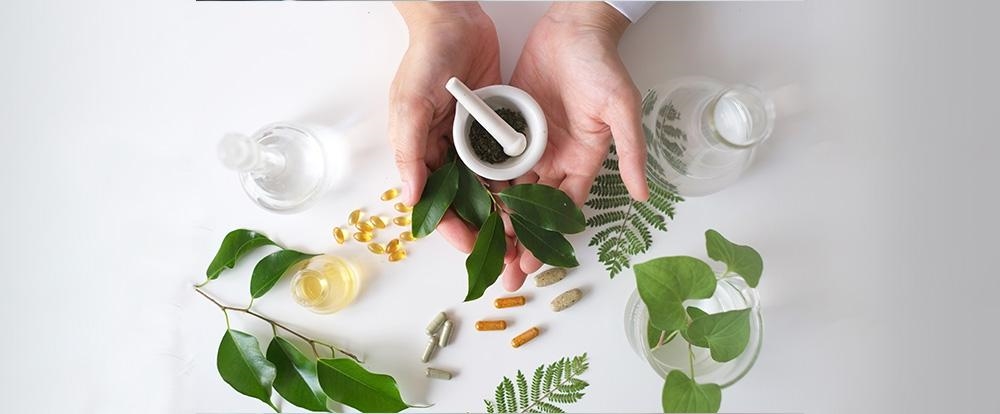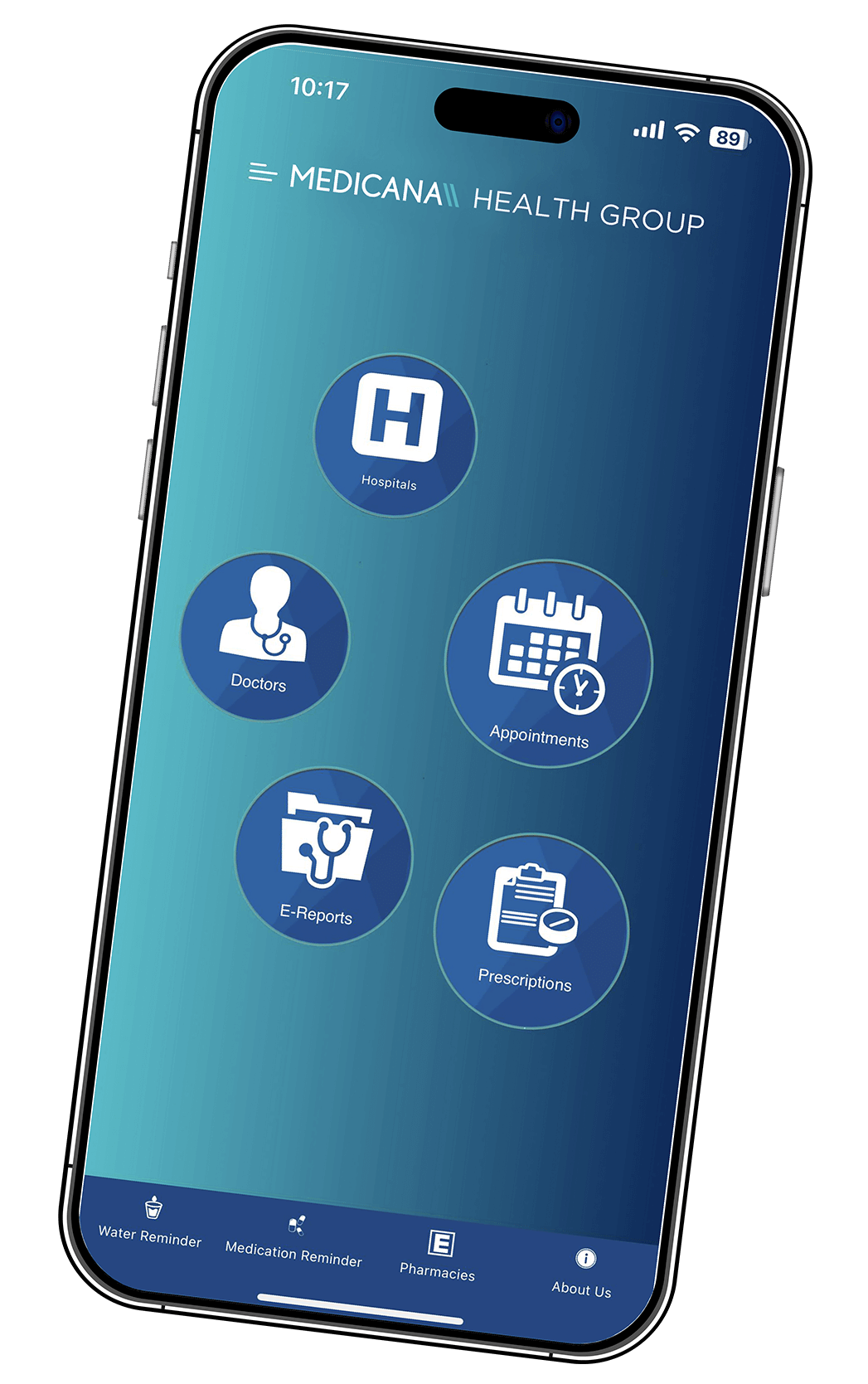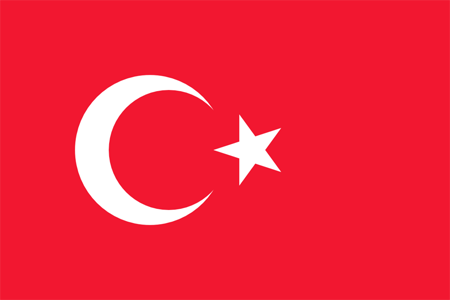Traditional and Complementary Medicine Unit

What are Traditional and Complementary Medicine Units?
Traditional medicine methods, which date back to older periods than classical medicine methods in human history, have been used by people as a standard treatment option in many parts of the world. Over time, these methods have come to the present day by increasing from generation to generation, especially in the Far East countries. In these countries, these methods are still frequently used today.
Although it has decreased a little with the development of modern medicine, until recently, traditional, complementary medical methods and patient treatments continued to be done in an unsystematic and sometimes unconscious way. In our country, in 2014, with the initiative of the Ministry of Health, a more systematic way was opened. Complementary medicine units, also known as traditional and complementary medicine (GETAT) units, were opened in health institutions, and organizations and services were started under this roof. The way to provide these services in State Hospitals, Training and Research Hospitals, and Private Health Institutions affiliated with the Ministry of Health has been opened. Doctors and dentists with training certificates in traditional and complementary medicine started to perform these treatments. The way has been opened for people to benefit from these complementary medicine opportunities more healthily and efficiently to maintain their physical and mental health or treat their existing diseases. Trained doctors provide those who want to benefit from these services from complementary medicine units with certificates approved by the Ministry of Health under hospital conditions.
Which Diseases Do Traditional and Complementary Medicine Units Treat?
Complementary medicine in our health institutions does not serve as an alternative to modern medicine but, together with modern medicine, sometimes as a complement to modern medicine. These methods are carried out using approximately 15 methods approved by the Ministry of Health. Although some methods are frequently used, others are used according to need.
Acupuncture treatment:Healing treatments are made with special needles at specific points.
Mesotherapy treatment:Treatments using natural herbs and vitamins.
Cupping therapy: Cupping therapy is a treatment method that uses a cup to create negative pressure and provide blood supply to the painful areas.
Bloodletting treatment : This treatment, which involves scratching specific body parts on certain days of the week, is also known as wet cups.
Ozone therapy : Treatments for activating the immune system by oxidizing and breaking down viruses, fungi and bacteria by using ozone gas.
Hirudotheraphy : Treatment of occlusions or bleeding of microvascular vessels.
Apitherapy treatment : Treatments using bees and bee products (wax, pollen, royal jelly).
Hypnotherapy treatment:Treatments using hypnosis technique.
Phytotherapy treatment: Treatment of some diseases using plants.
Larval (Maggot) treatment: Treatment of greenfly larvae by sterilizing the diseased area.
Prolotherapy treatment: Treatment of acute or chronic joint pain using proliferative solutions.
Osteopath treatment: A self-healing technique of treating the body with hands alone, known as osteopathic manipulative therapy.
Reflexology therapy:Treatment by applying pressure to specific nerve points.
Homeopathy treatment:Treatment of self-healing using minimal amounts of single-dose homeopathic solutions.
Complementary medicine methods are used to improve the outpatient clinics of complementary medicine units. Treatment-oriented practices in complementary medicine units are used to complement modern medicine, not as an alternative (i.e., alternative medicine). Among the reasons why these applications are preferred is that no method does not cause any side effects on the person's health. When looking at the benefit-harm balance, feedback about the benefits of these methods is frequently received from both patients and doctors. In addition to the fact that patients with chronic diseases receive these applications alone, they are also applied under the control of a doctor in addition to drug treatment. These treatment methods, which have a centuries-old history, were also used in our country. For example, music therapy and aromatherapy were used in the treatment of mental disorders in the Ottoman period.
Today, due to the increasing interest in complementary medicine in our country, as in most Western societies, it has become more reliable by providing these services through health institutions to eliminate abuses and by providing these services in a controlled manner by complementary medicine units in health institutions. When health services are carried out, there is more positive feedback. Different complementary treatment methods may be preferred more frequently in different societies. Some countries use some methods more regularly, while others have popularity due to historical expertise in specific methods. Complementary medicine methods, which are accepted as the oldest traditional medicine method by the World Health Organization, are used as a complement to modern medicine.
These methods, which have been transferred to the present day with specific knowledge and experience, are applied in the right hands. Traditional complementary medicine units will develop the right center and R&D studies and transfer the practice to future generations. More benefits are obtained from these methods. Conventional and complementary medicine units are applied by expert and experienced teams in the field, and treatment opportunities are provided to support modern medicine. You can reach complementary medicine services with no side effects to protect and complete physical and mental health from our health centers.









